Is there anything better waking up in the pristine wilderness? Surrounded by beautiful nature off the grid?
It’s no secret Aotearoa has a lot to offer in terms of natural beauty, and hiking in New Zealand can change your life and teach you some very valuable life lessons.
Pristine rivers, towering mountains, friendly locals, amazing native bird conservation. I’ve already blabbed on and on about what an amazing country this is but, despite all of its unique qualities, my hands down favorite part of New Zealand is the hut system, little basic cabins that are dotted all over the national parks and backcountry that are accessible by hiking, boating, biking, 4WD, ect.
Other countries have hut systems as well but none extensive or cheap as New Zealand.
Sure you can stay on mountain-top lodges in Italy that will cost you a pretty penny but here in New Zealand, you can experience the hut for less than your weekly coffee budget (definitely not speaking from experience, cough cough.)
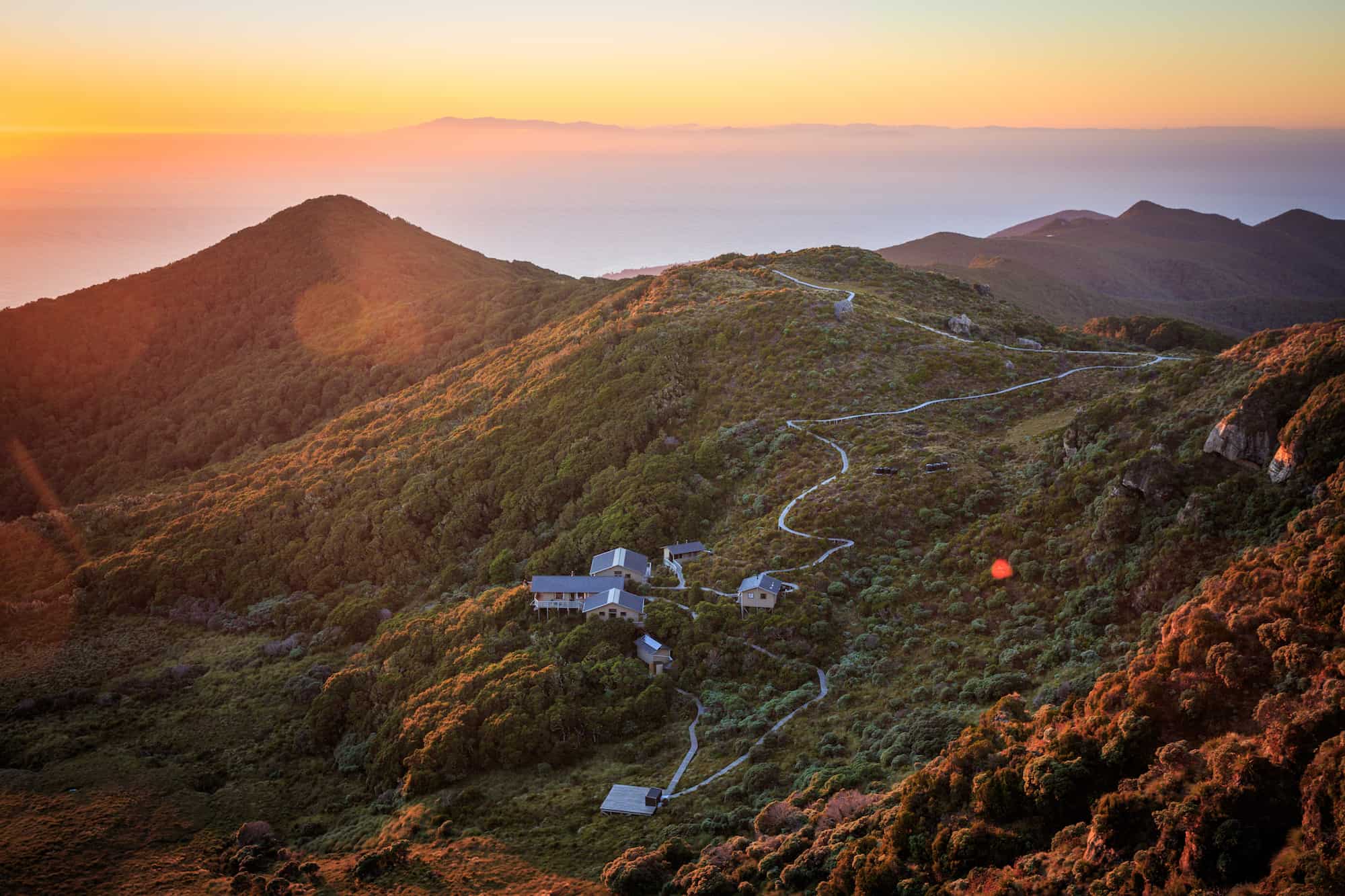
With almost 1000 huts under DOC’s jurisdiction, you can find huts in every corner of the country, from the North Island to the South, from busy national parks to quiet, remote valleys. Some huts are massive and have great facilities like on the Great Walks, others more rustic and hold in them the rich history of New Zealand tramping, hunting, and conservation.
No matter where you are or what your level of tramping experience is, it’s never too late to have your first New Zealand hut trip.
There’s a hut for every level of experience here.
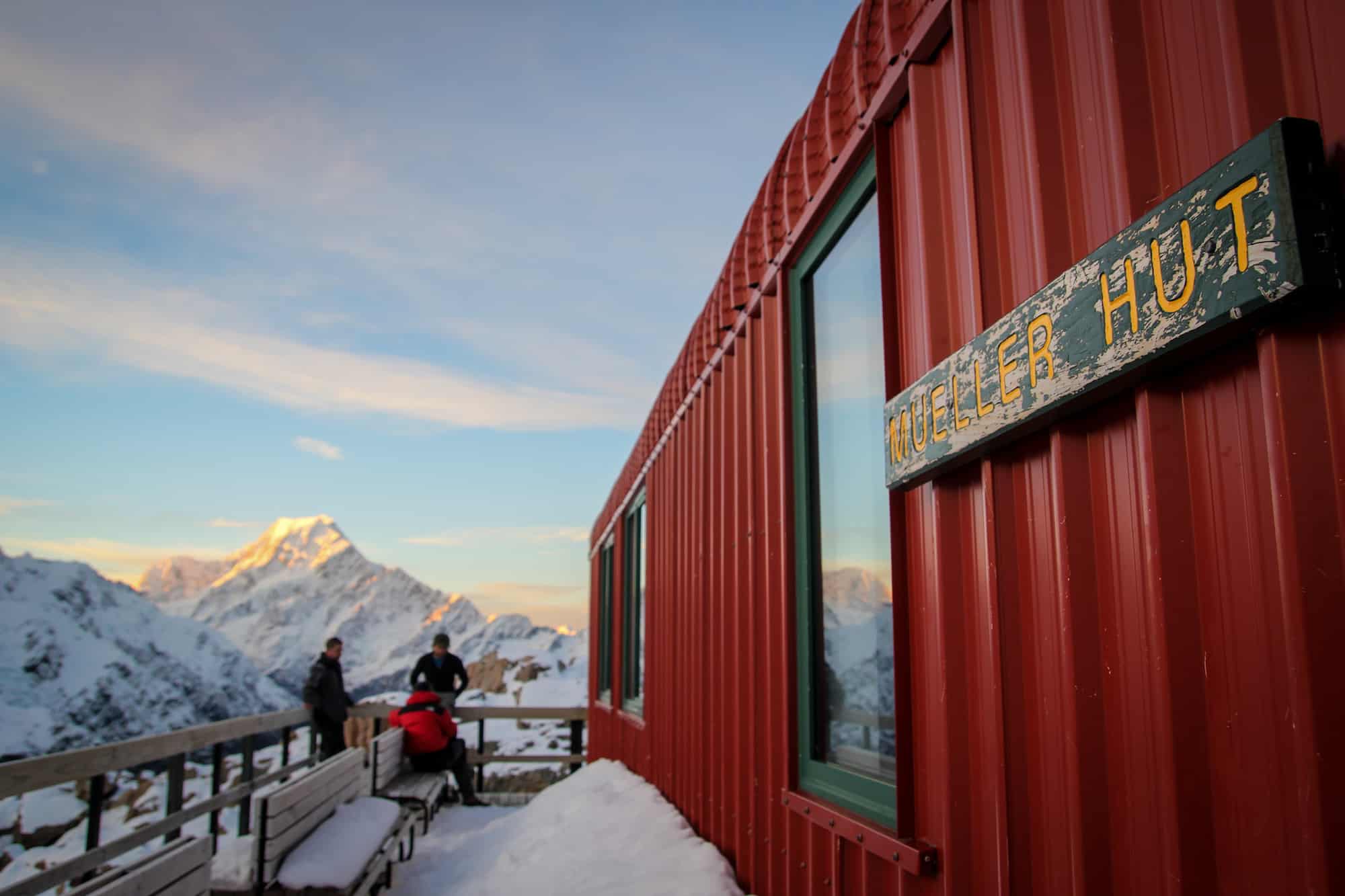
If you’re curious about visiting a New Zealand hut for the first time, now is the perfect week to do it!
February 15 -22, 2019 is Get Outdoors Week (GO Week), an annual week-long initiative that encourages people to get outside and explore New Zealand’s outdoors, safely. This week is all about rad, self-powered recreation so anything that requires your feet to get you there.
Need help on getting started? Mountain Safety Council is a great resource for planning your trip.
Here are my top tips to help make your first hut trip smooth as buttah!
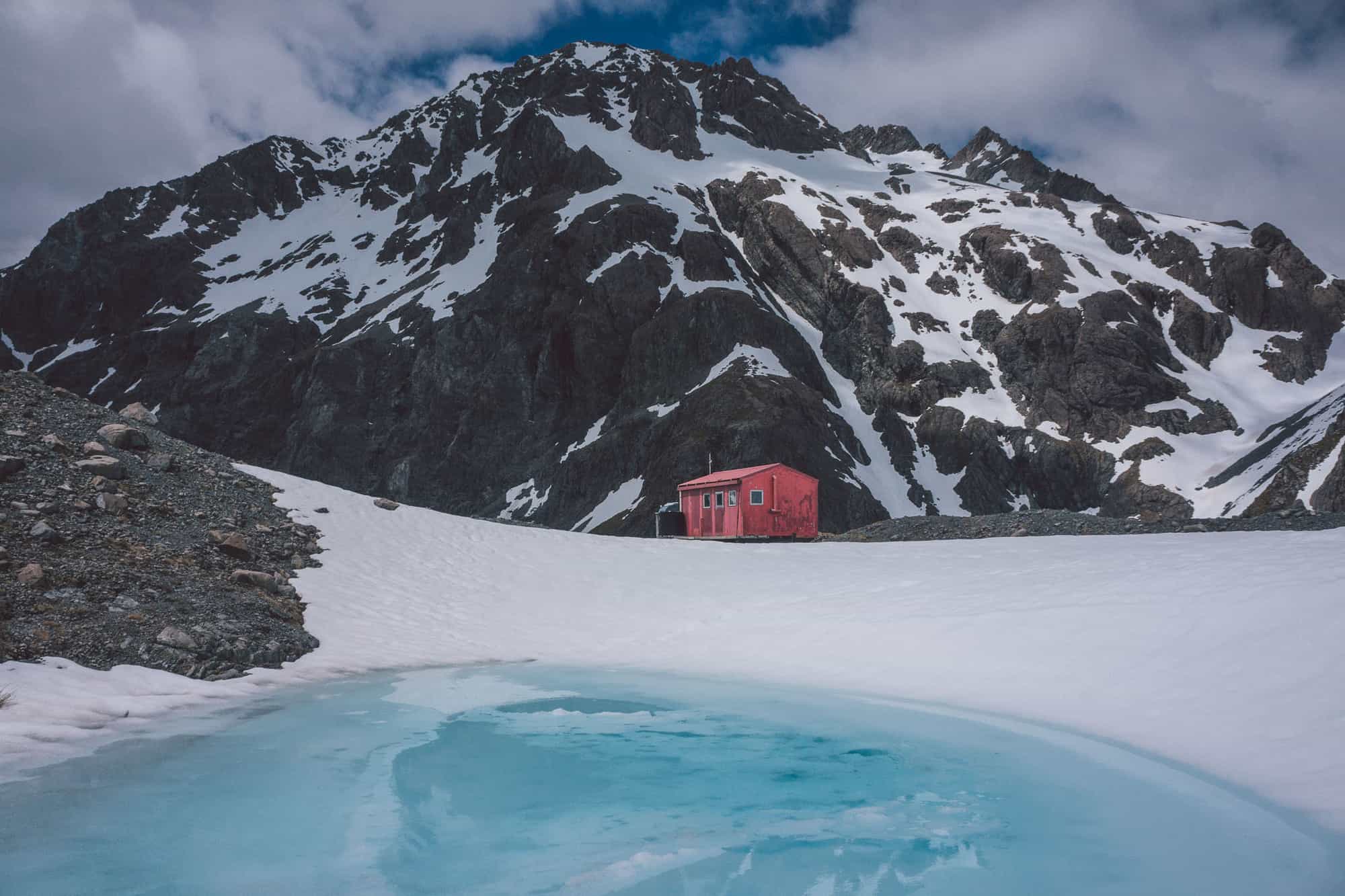
Preparation is key
1. DOC has great resources, use them
The Department of Conservation (DOC) will be one of the most valuable resources you’ll find when searching for your first hut. You can begin by looking here.
They have in-depth descriptions about each hut, including maps and any important notices regarding accessibility or condition of the track. If you can’t find what you’re looking for online, pop into one of their visitor centers and talk to a ranger who will be more than happy to point you in the right direction.
All of the huts are different in terms of what’s available and what they cost and how to pay. Some you book in advance, others are first come first serve. It’s important to check in advance.
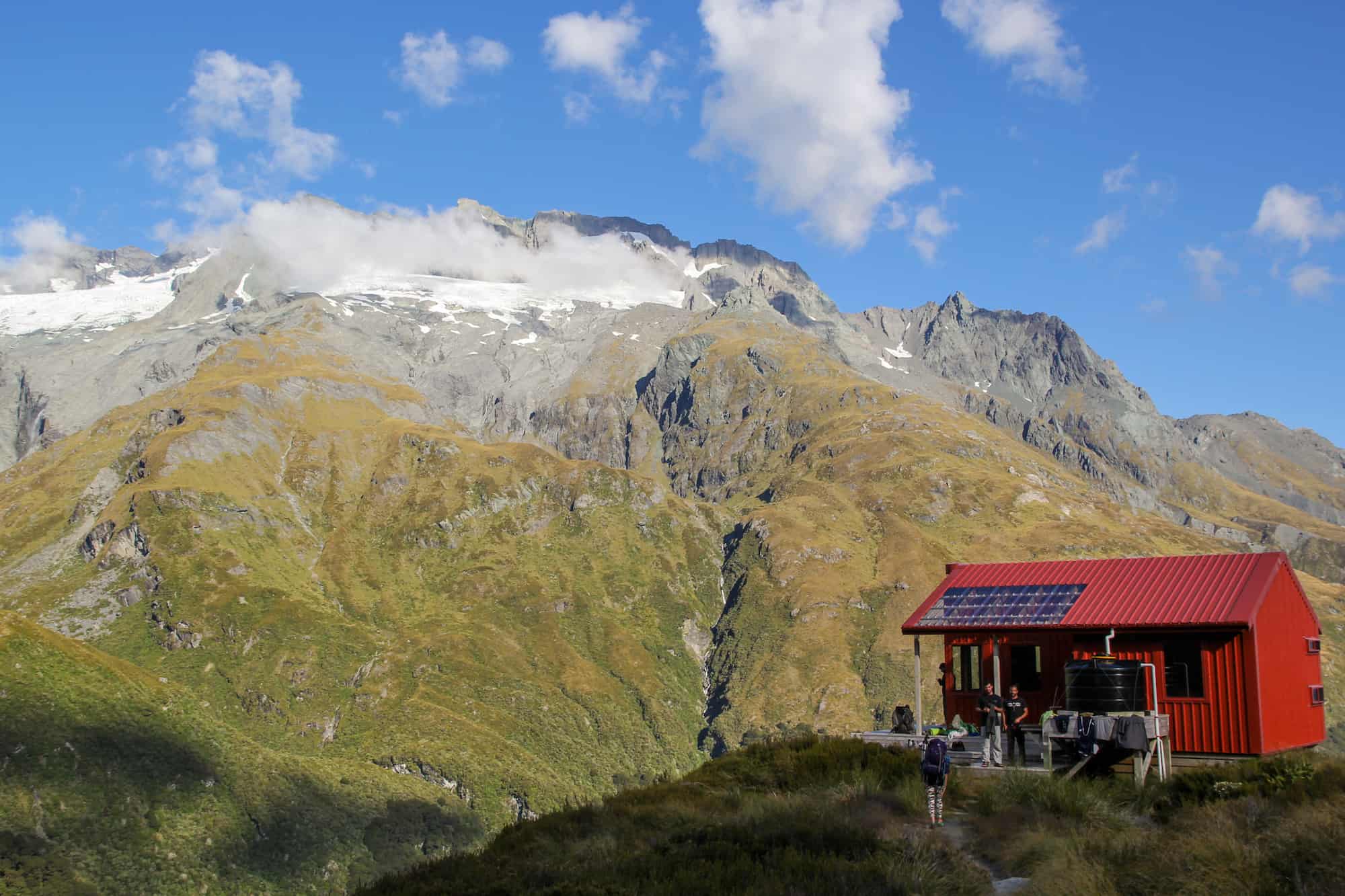
2. Check the weather, again and again
As with most mountainous regions, weather in New Zealand can be extremely fickle.
It’s not uncommon to start your hike in blazing hot sun and end in all of your warm layers. You should pack for all weather conditions (we’ll get to that soon!) but you should also check the weather and assess if that rain you’ll be getting is a light shower or part of a bigger system that will make for wet and miserable conditions. And many hikes become inaccessible due to flooded rivers or dangerous terrain in poor weather.
MetService is a great resource to get accurate weather forecasts for all of New Zealand, including national parks.
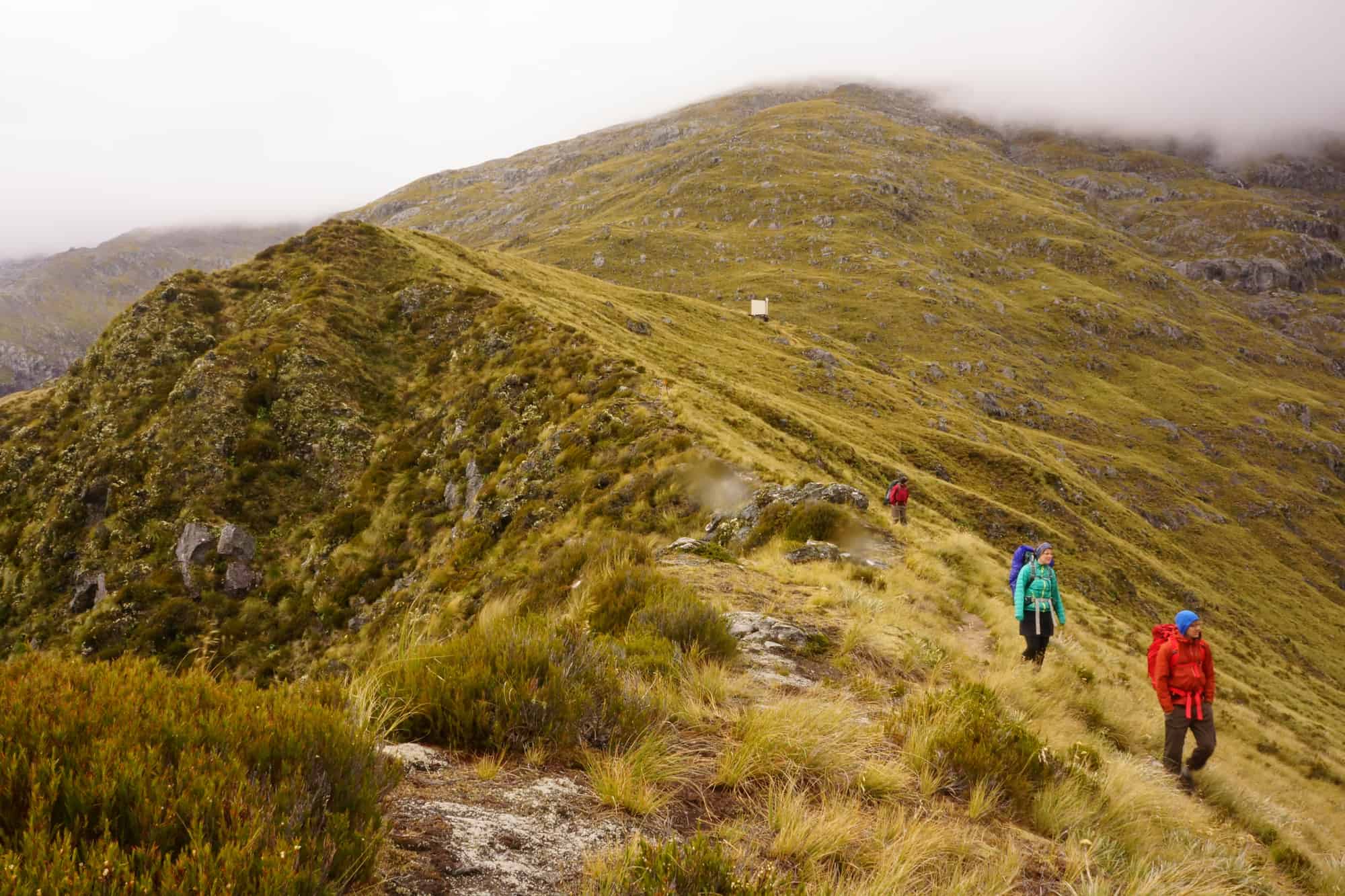
3. Tell someone your plans
Once you’ve talked to DOC and checked the weather and finalized the details of your trip, tell someone.
I know, this sounds overly simple but you’d be surprised how often people leave for a hike in a hurry and forget to tell someone where they’re going and when they’ll be back. If you’re not back by when you said you would be, your trusty friend or family member can alert search and rescue.
You never know when things could go wrong, even on “easy” looking trips, so don’t forget this key part of planning.
4. And use the Plan my Trip App
The Mountain Safety Council has released a really helpful tool called Plan My Trip that is super helpful when planning your first hut adventure.
The more you prepare the less chance you have of something going wrong.
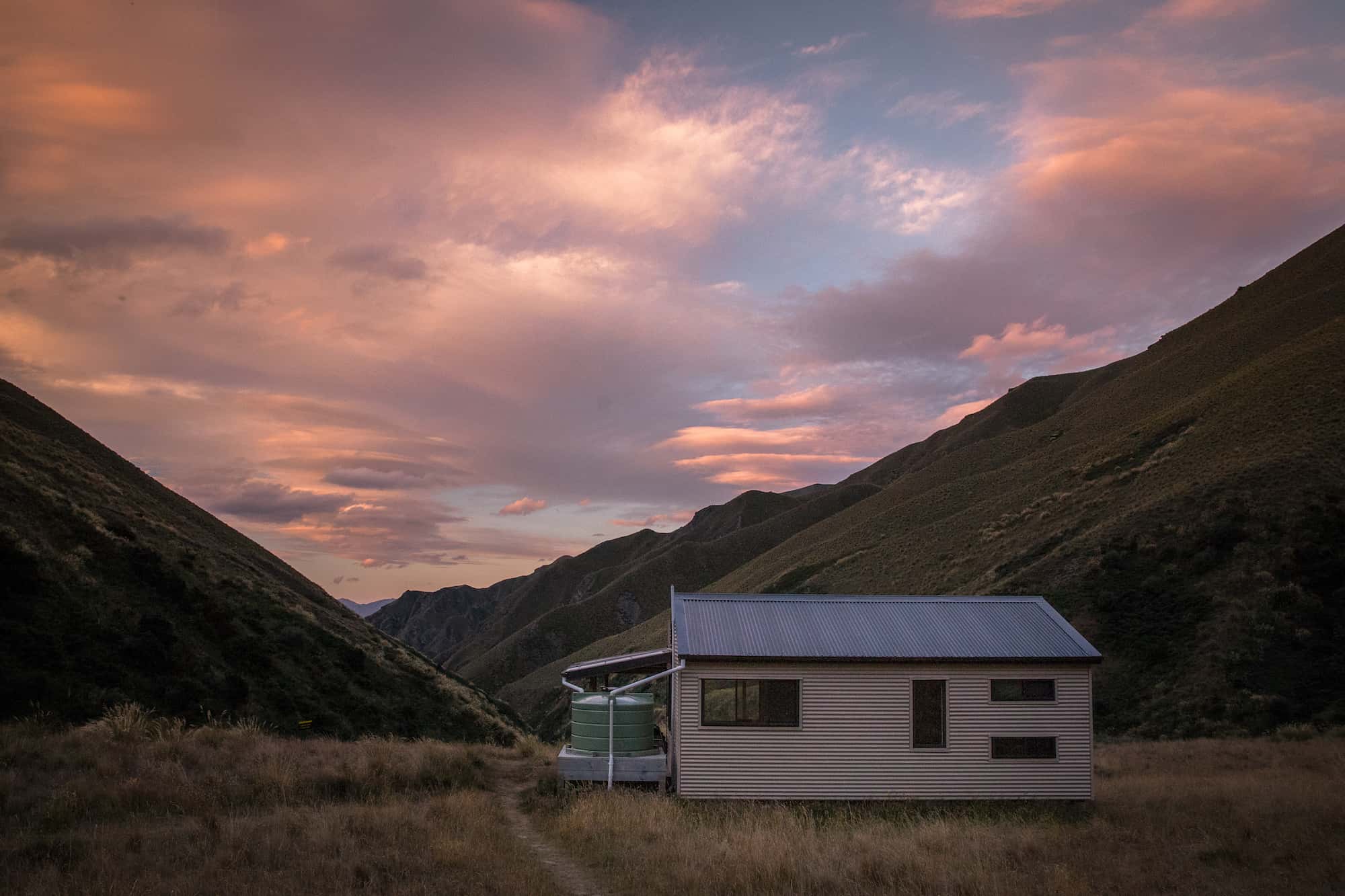
5. Know your limits and be realistic with your abilities
For your first hut trip, start with something easy and not too long.
You’ll need to get used to walking with a heavy load (since all of your belongings will be on your back) so make sure you choose a hike that is suitable for your level. If it’s not as hardcore as you wanted, don’t worry.
You’ll only get stronger and fitter the more huts you do and you can always work your way up. I’ve found tramping fitness is a specific kind of being in shape that only comes from hiking a lot.
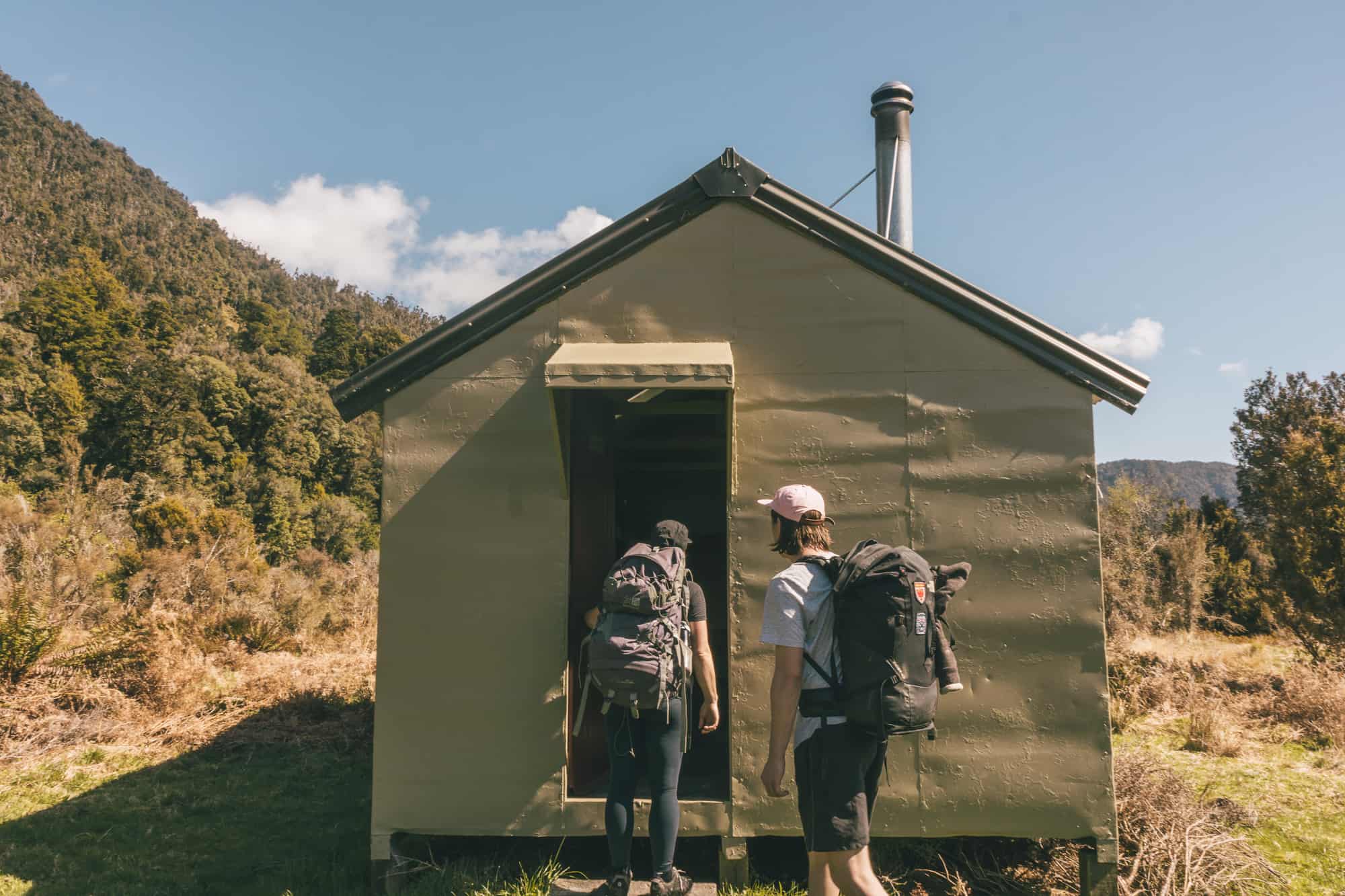
What you need to bring
6. Make a packing list
All of your belongings for the day, night and next day will be carried on your back so for starters, you’ll want a sturdy and supportive 40 – 60L backpacking backpack that has adjustable straps and a hip belt to help take the weight off your shoulders.
Hiking in New Zealand is different and the huts are basic. You bring everything in and out yourself. It’s also season dependent. You’ll pack differently for hiking in winter, and as a beginner it’s good to start tramping in the summer when there are less challenges.
Your clothing choices will be personal but here are my must-have items for an overnighter trip.
Clothes
- Sports bra
- 2 pairs of underwear
- Quick-drying synthetic t-shirt — not cotton! I use synthetic or merino wool
- 2 pairs of socks (1 for walking and one for relaxing in the hut)
- Thermal leggings or polyprops
- Long sleeve thermal shirt (either polar fleece or merino)
Outerwear
- Hiking shorts or pants, depending on the season (NO DENIM EVER)
- Hut shoes/slippers (honestly, my favorite piece of gear. Nothing like a cozy slipper to relax in after a long hard day!)
- Hiking boots or trail running shoes, depending on the terrain
- Rain jacket that is ACTUALLY waterproof
- Lightweight puffy jacket that packs down small and is light (I always bring this, no matter the season!)
- Beanie and gloves, you never know
- Sunglasses
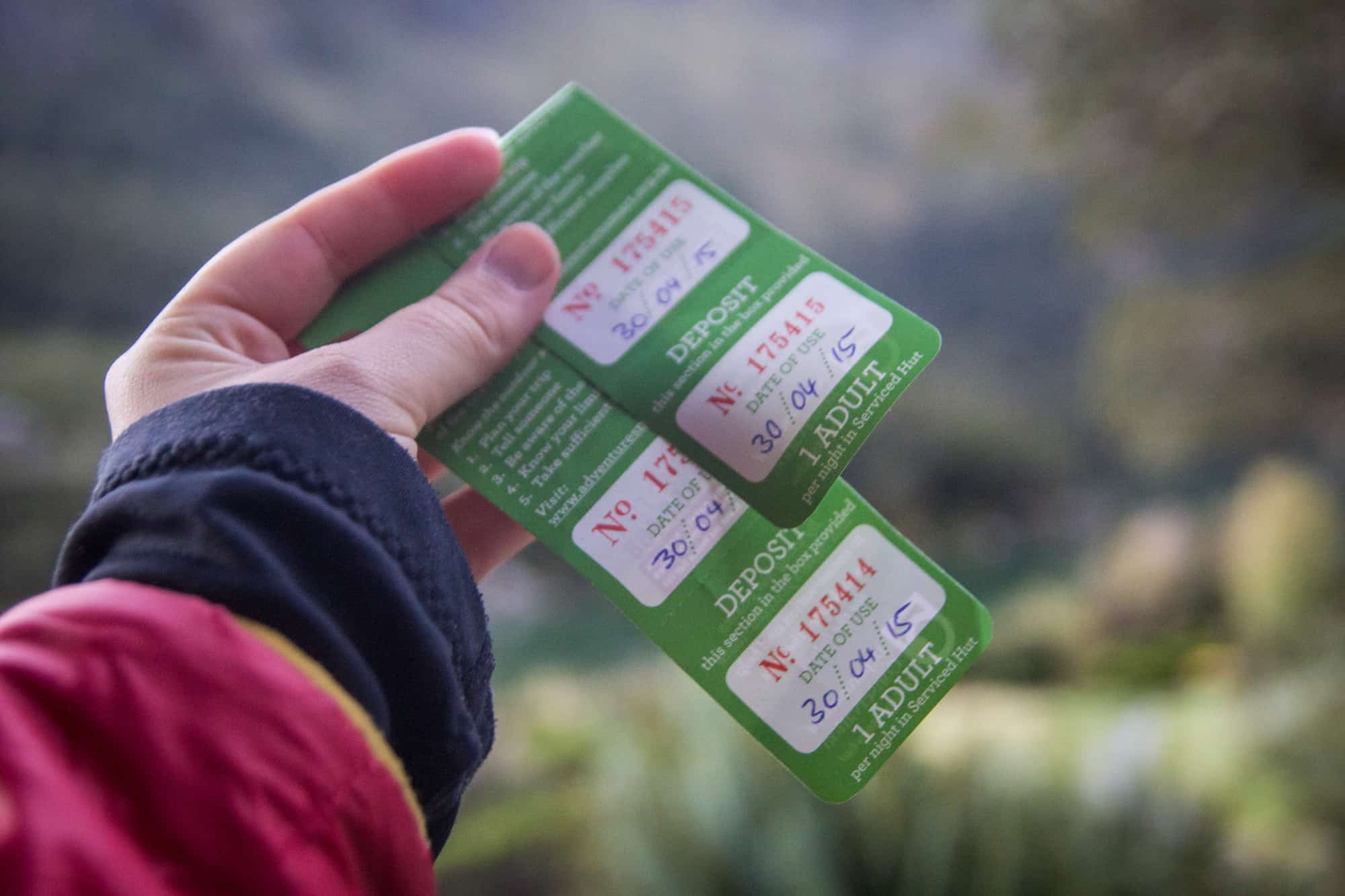
Gear
- Sunscreen (essential here – we have no ozone layer)
- Sleeping bag and inflatable pillow (huts don’t provide these for you, so be sure to bring one!)
- Portable stove and gas canister (check with your hut to see if gas is provided for you – usually the busier, more popular huts like the Great Walk Huts will have a communal kitchen with gas provided in the summer season)
- Camp stove/pot/jetboil
- Map and compass or topographic map app
- Lighter or matches in a waterproof bag
- Camp utensils (knife, fork, spoon, plate, bowl, cup)
- Toilet paper (most huts won’t have this so be sure to bring your own)
- Toothbrush and toothpaste
- Bag for rubbish (there are NEVER rubbish bins in the huts so you have to take your rubbish back out with you)
- Earplugs (crucial!! You’ll be sharing your sleeping quarters and there’s ALWAYS at least one snorer)
- Headtorch or headlamp
- Water reservoir or big water bottle to drink from during the day
- Small first aid kit: bandages, hay fever tablets, antiseptic cream, painkillers, bug repellant, etc.)
- Toiletries if you feel you need them (although everyone else will be smelly too so try to just embrace it)
- Candles or Luci Lights (there’s no electricity so when the sun goes down, you’ll be in the dark)
- Deck of cards (some of the most fun you can have in a hut revolves around a card game with
- strangers!)
- Personal Locator Beacon (PLB) if you’re going somewhere hardcore and remote
- Hut tickets (to give to the DOC ranger or leave in the honesty box)
- Camera with a fully charged battery, because it’s going to be epic and you’ll definitely want photos.
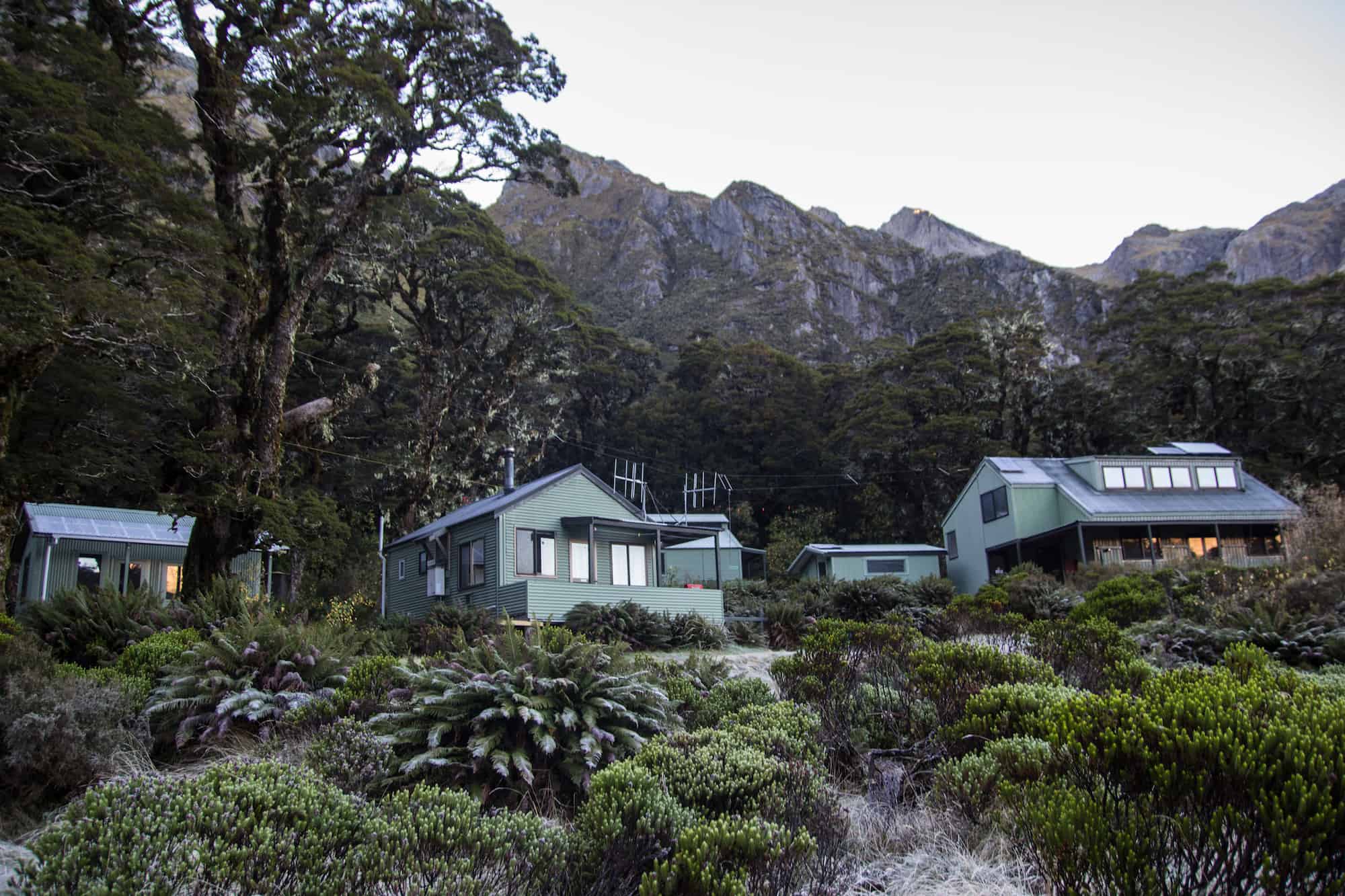
7. Figure out your food
Dialing in your camp food is a bit of an art and with a little practice, you’ll quickly know what works for you. You’ll want to strike that fine balance between carrying too much weight that you won’t eat and not enough so that you go hungry — and trust me, there’s nothing scarier than a hangry hiker.
Here’s my general meal plan for an overnight hike:
Breakfast
- Porridge with nuts and dried fruit
- Coffee. ALWAYS coffee.
Lunch
- Crackers
- Stick of salami and cheese and/or tin of tuna
- Small packet of olives
- Small tub of hummus
Dinner
- Usually I bring dehydrated meals from Back Country Cuisine, though sometimes on the first night of a big trip I’ll bring fresh food (there are only so many days in a row you can eat freeze dried food before going crazy)
- Other times I’ll do pasta or couscous with some veggies
- If you’re just going for an overnight hike and you really want to be prepared and gourmet, you could prepare a meal a few days before and freeze the leftovers. By the time you reach the hut, the food will be mostly defrosted and ready for a re-heat in your camp stove
- Desert
- Chocolate bars
Snacks
- Muesli bars
- Bananas
- Nuts and dried fruit
- Beef Jerky
- Tea (hey we are a Commonwealth country)
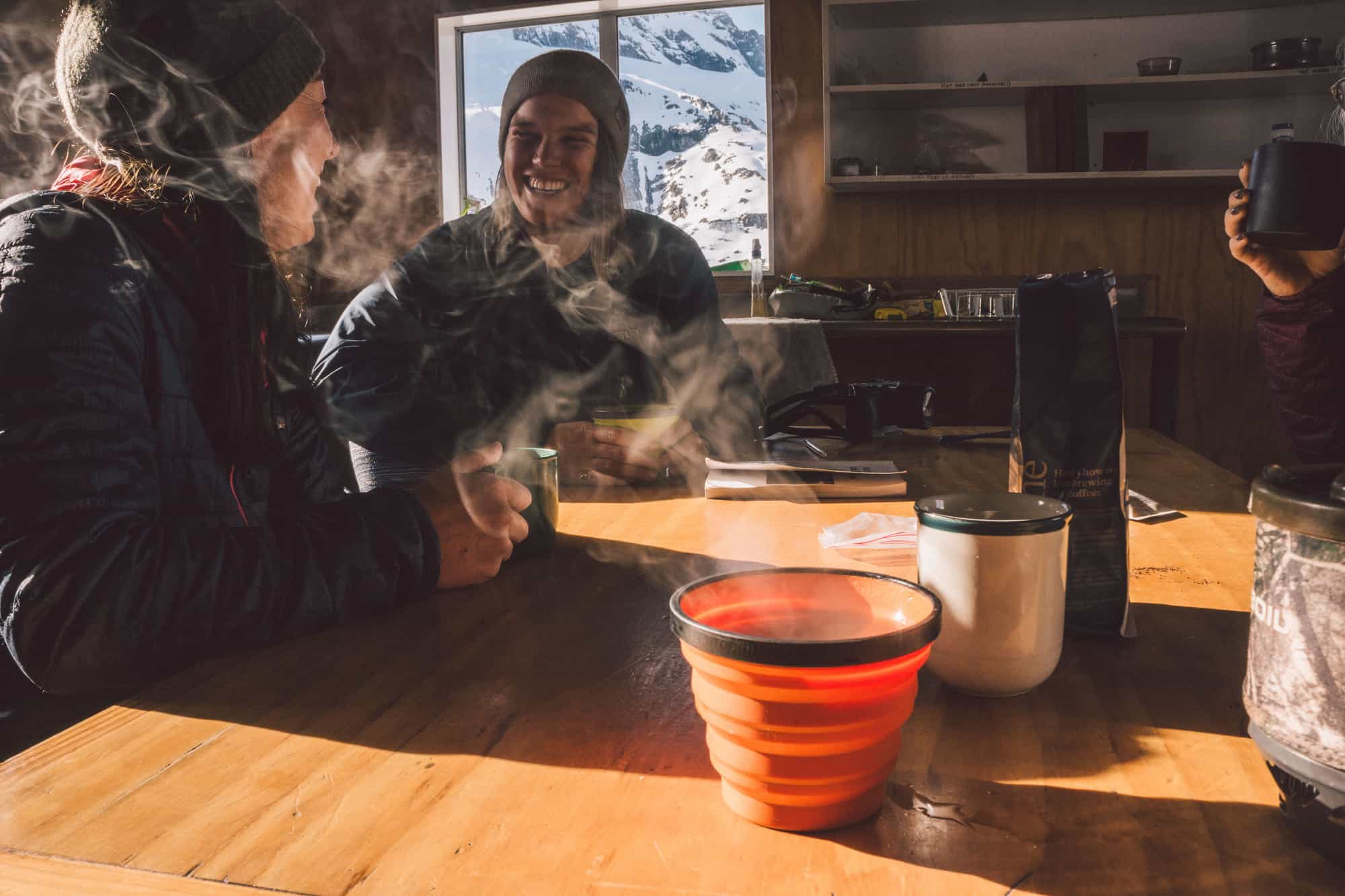
8. Great huts for first timers
Super keen to tick your first hut off the list but don’t know where to start? Here are some classics:
- Aspiring Hut
- Heather Jock Hut
- Meg Hut
- Mid-Caples Track
- Hawdon Hut
- Packhorse Hut
- Nina Hut
- The Pinnacles Hut
- Pouakai Hut
- Mangatepopo Hut
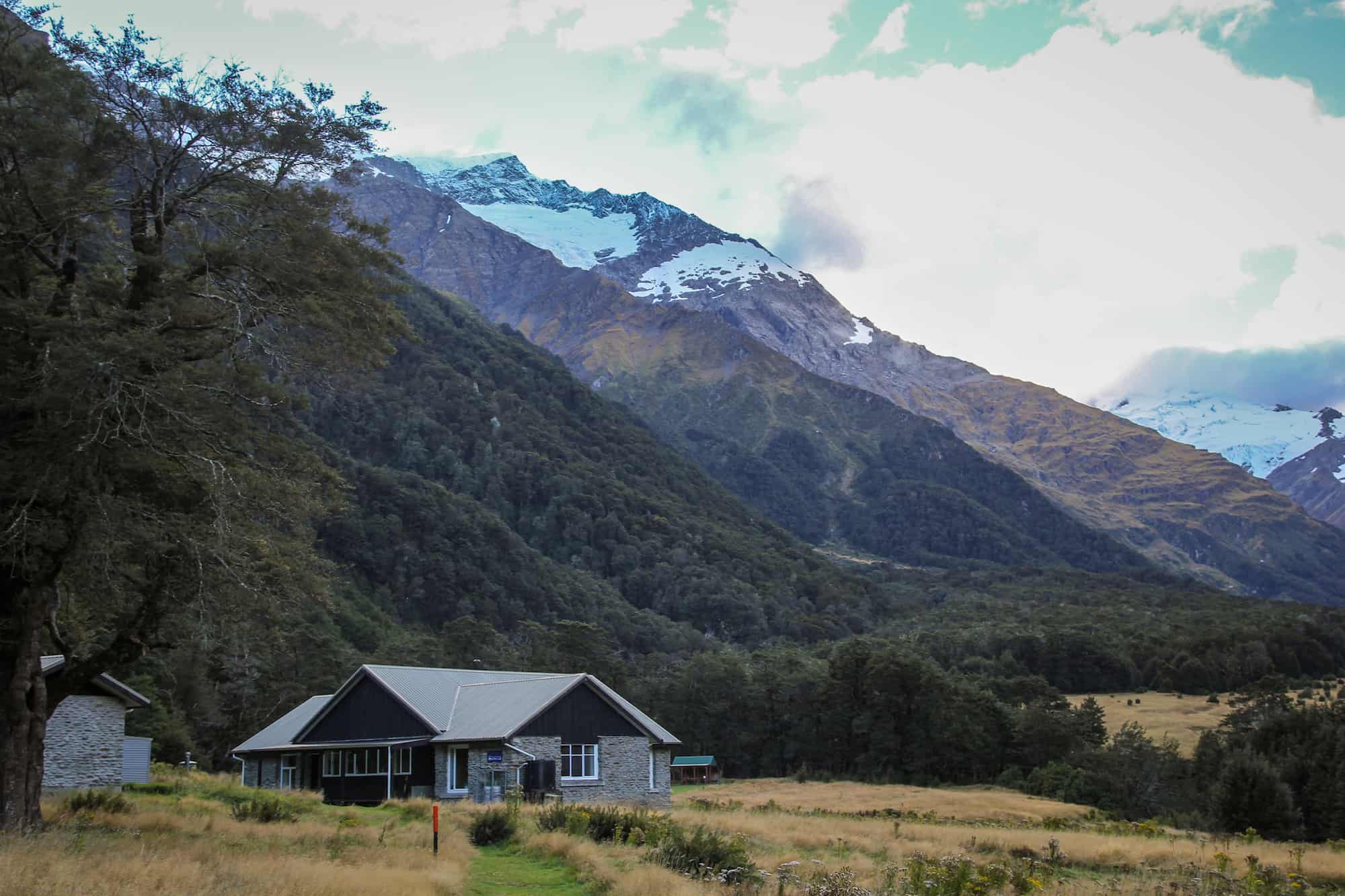
9. So you’re all ready to go. Now what?
- Get out there! Make sure you’ve given yourself enough daylight to complete the hike.
Once you’ve reached the hut, put your hut tickets in the honesty box or give them to the hut warden. If you’re not sure how to pay for a hut, you can check out this helpful site that will walk you through it. - Kick off your boots, make yourself a cuppa, and enjoy everything there is to enjoy about hut life. You’ll meet some unique characters in New Zealand huts so don’t be shy!
- Be sure to sign the intentions book with all of your information (when you arrived, how long you’re staying, where you’re going).
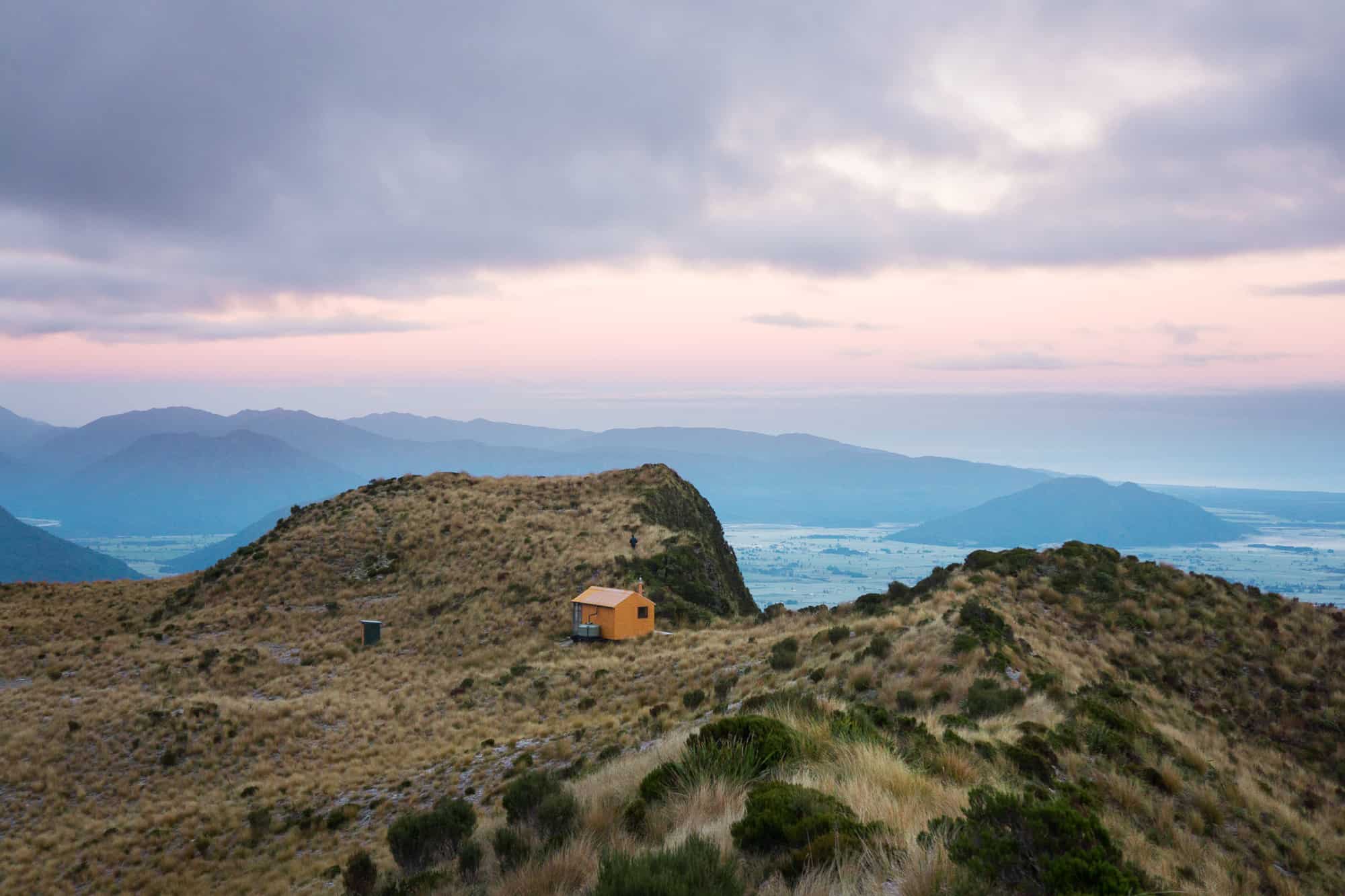
10. Don’t forget!
New Zealand huts are a luxury, not a right.
Treat these amazing huts with the respect and dignity they deserve. Help keep the hut clean by looking after your space and leaving the hut cleaner than you found it; use the broom and sweep up and stack the benches in the morning.
Keep your dirty boots out of the main rooms and give the common areas a sweep before you go. Most importantly, take all of your rubbish with you. There are no rubbish bins so everything you bring in must go back out with you the next day.
Staying in a hut in the New Zealand backcountry is an incredible experience we should all get to enjoy!
Have you stayed in a hut before? Have any tips? What’s your favorite? Spill
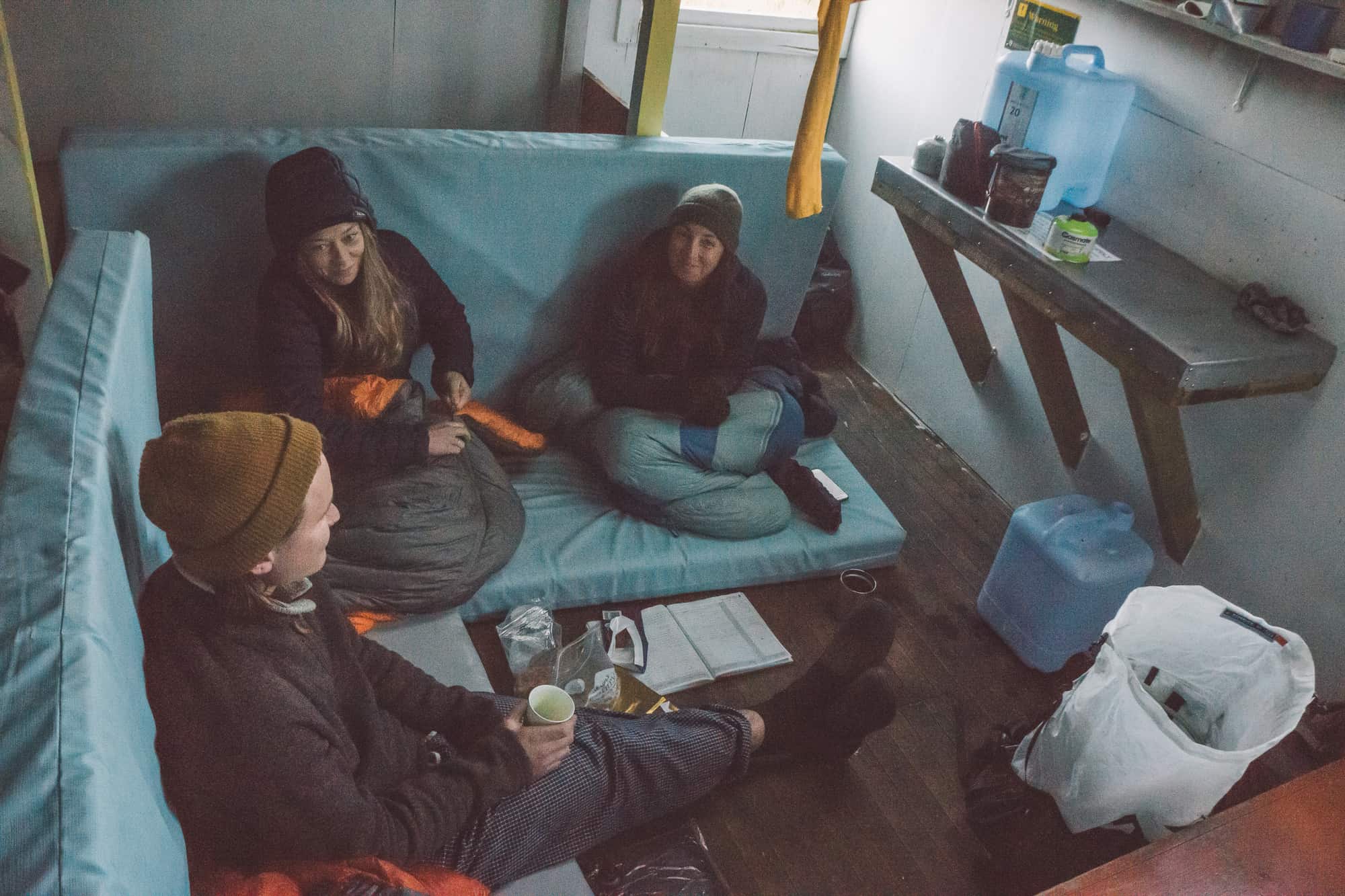
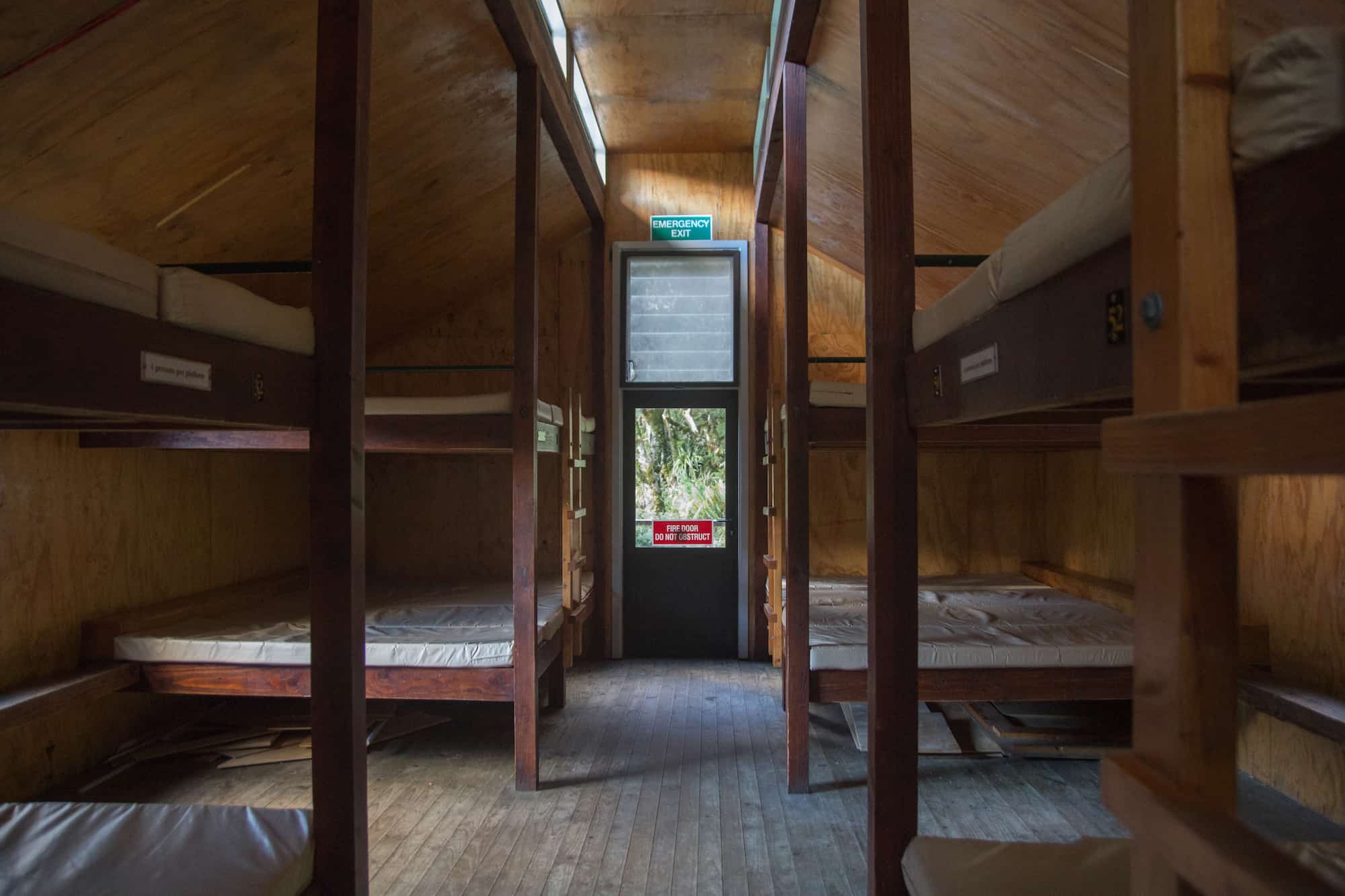
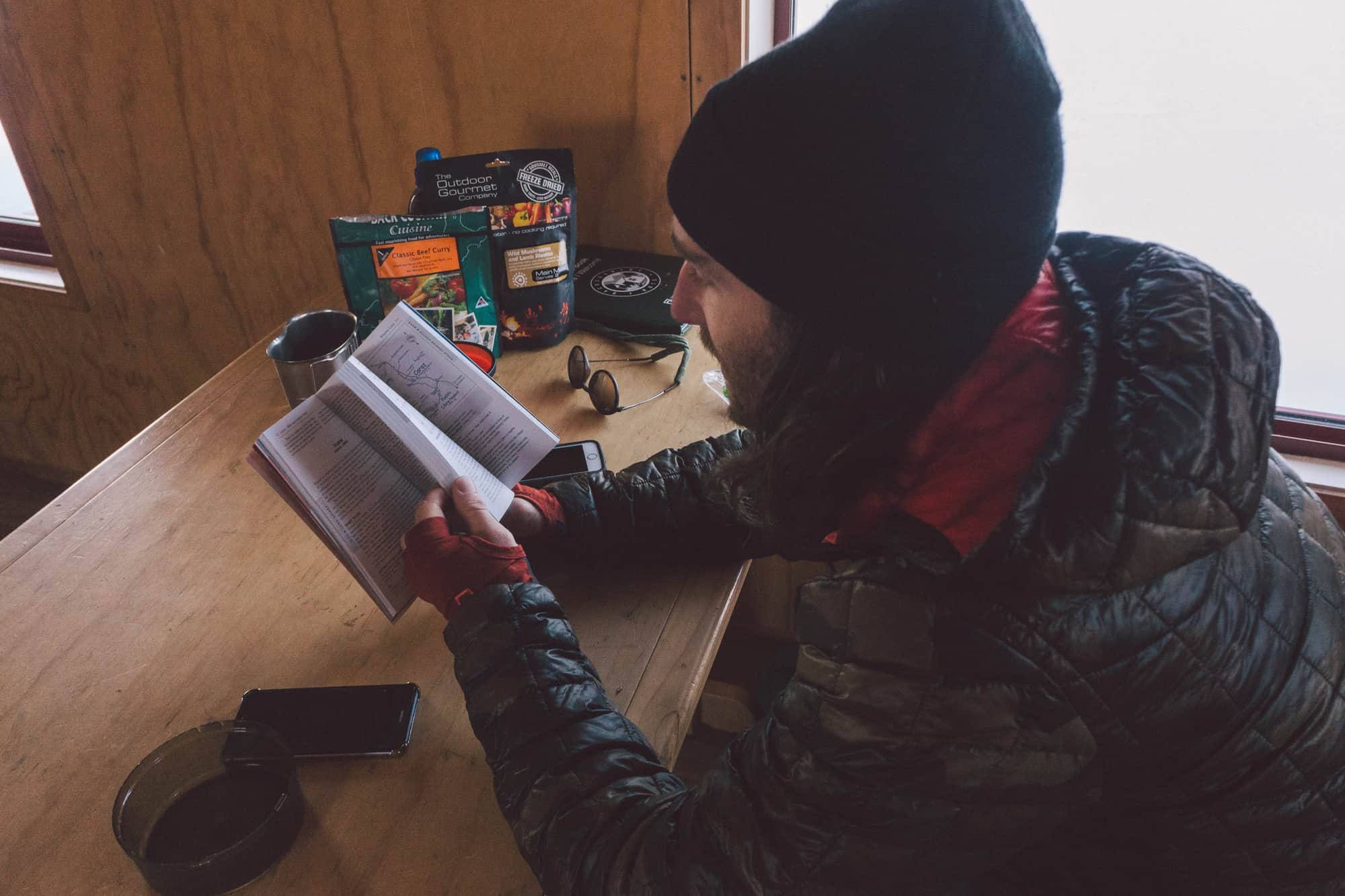
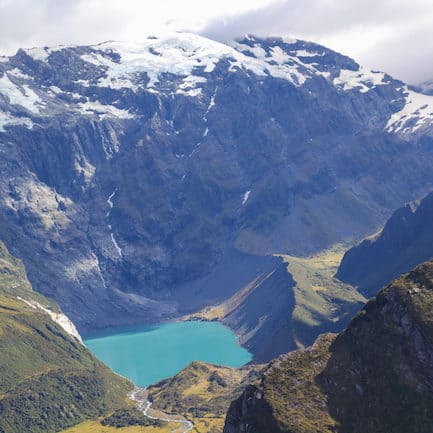
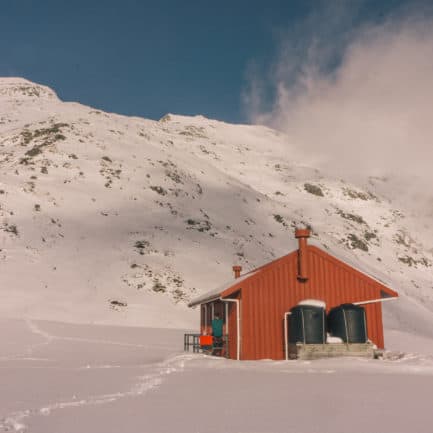
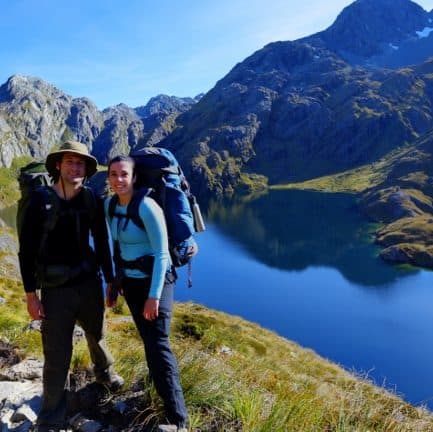
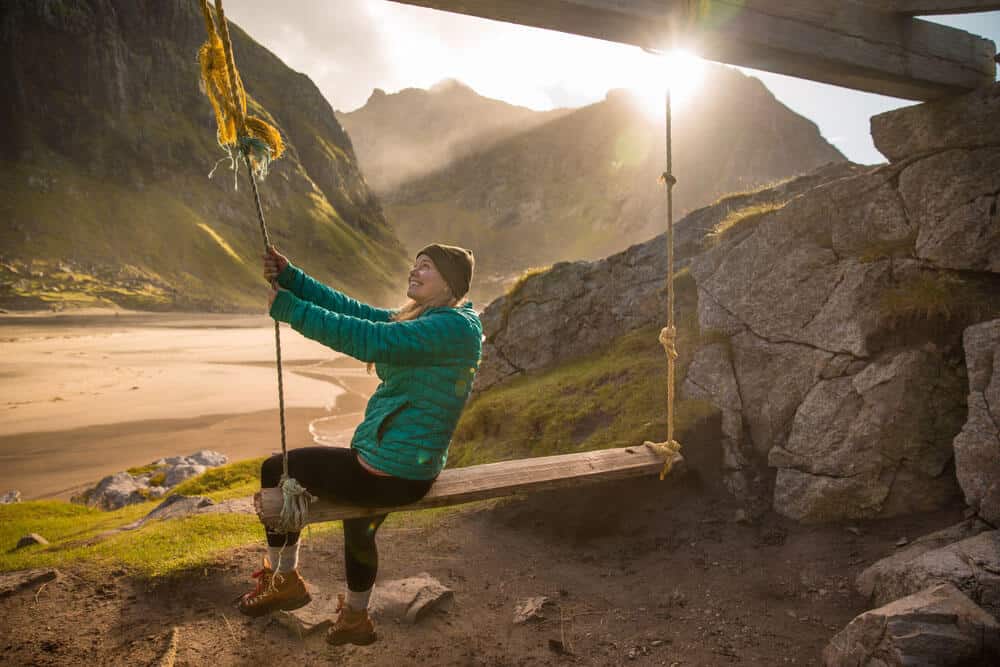
I love the information I get from this post. Very useful and can be very helpful.
cheers
My favorite hut is Brewster hut. Love it, love it, love it!
that’s a great one!
Why no denim? Just curious!
It’s the worst fabric for being outdoors, it gets wet and heavy and doesn’t dry or breath or keep you warm, especially if it’s wet. Causes many cases of hypothermia
Its a pretty good blog, well done, it would be most helpful for folks wanting to start out. Cheers
cheers!